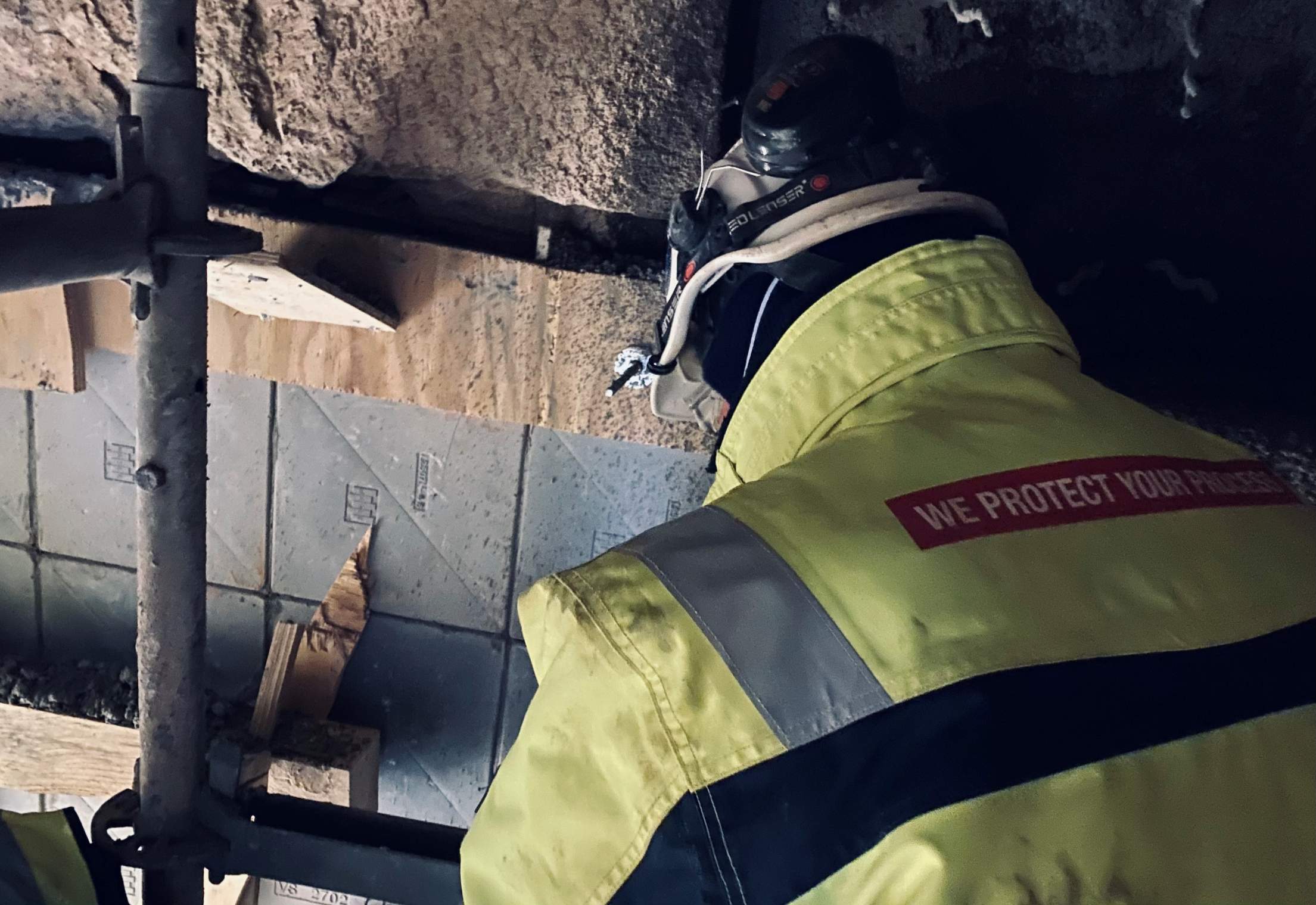Castables
Strong, chemical- and abrasion resistant
All HASLE’s castables and mortars are manufactured on the basis of our own unique recipes in our highly automated plant, and internal procedures ensure that we deliver a consistent, high quality. A detailed ISO9001:2015 quality system secures that all castables leaving our factory comply with our high requirements on particle-size distribution, castability and physical properties.
In order to manufacture the best possible refractories, we source only the very best raw materials – no recycled materials and no prefabs from other suppliers. At HASLE, we are at present sourcing our raw materials from suppliers in 14 different countries all over the world.
Even though our recipes are considered among the best in the world, we continuously invest in R&D and plant equipment.
Why should you choose HASLE castables?
› Premium Quality raw materials – proven recipes. In dept Quality Assurance based on ISO 9001:2015
› Flexible Production Plant located in Denmark – provides fast responsetime on orders of all sizes
› Gunning castables with very low rebound – reduces waste in the installation process
› Insulating castables completes your HASLE Refractory solutions.
HASLE Datasheet Overview
Traditional castables
Traditional castables are composed of relatively few and well-known components. They are available with a wide range of properties allowing use for not too demanding jobs where mechanical and chemical action on the castable is low.
Low-cement (LCC)
HASLE LCC’s (dense castables) are developed to achieve the best combination of mechanical strength and resistance to impact and alkaline corrosion at high temperature.
The LCC castables are characterised by a very low porosity which reduces the risk of slag attack and corrosion. Consequently the low-cement castables are highly resistant to alkaline attacks from e.g. sodium and potassium salts – compounds that are often occurring in bio-fuels, waste etc.
Non-cement (NC)
HASLE NC’s are based on the same high quality raw materials as the LCC products, but uses a silica gel bonding system to include extra fast and simple dry-out to the installation options when using HASLE products. Further to this the silica gel bonds are less vulnerable to alkali- and thermal attack than cements bonds, improving HASLE NC performance at elevated temperatures.
Gunning
The gunning castables are gunned onto walls and ceilings with minimal waste. The rebound is extremely low and second to none. Gunning castables distinguish themselves by their very quick application time.
Insulating
Insulating castables differ from other castables either by the main component of the castable, the grog, consisting of components with very high porosity, or by these components forming very porous structures by heating.
Mortars
Mortars were developed to bind bricks together in bricked linings. Refractory mortars are made from fire clay and refractory clay/cement where the particle size has been adapted for the desired application.



